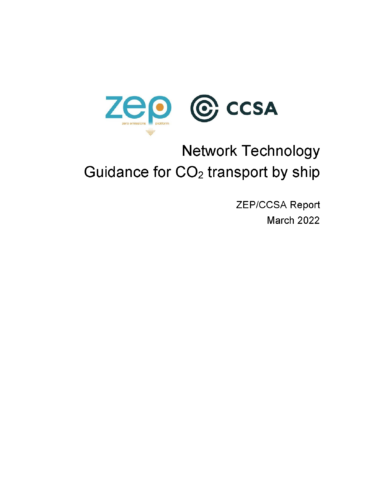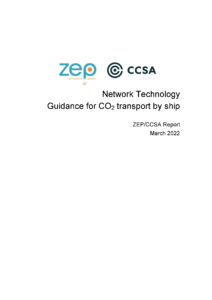Guidance for CO2 transport by ship
Transporting CO2 by ship and by inland waterway will be crucial for large-scale CCS deployment in Europe by enabling emitters across Europe to connect to safe and permanent storage. CCS projects, including both cross border CO2 infrastructure projects of common interest and domestic projects, have identified the need for both inland waterway and maritime shipping solutions.
Transport of CO2 by ship has been recognised as essential both at EU level – in the European Taxonomy for Sustainable Activities as well as within the EU ETS Directive – and at a national level – e.g. in the Dutch SDE++ subsidy scheme and the UK CCUS programme.
For CCS projects aiming at transporting CO2 by ship, interoperability could be important in order to optimise the development of CO2 infrastructure, although it is likely that initial transport projects and contracts will be between a given emitter and a specific storage location. There is a need for some degree of standardisation on CO2 specifications (composition, pressures, temperatures, etc.), ship design and specifications (e.g. referring to loading and off-loading). As many CCS projects will become operational in the mid-2020s, many new ships for CO2 transportation will be needed within five years, making this guidance urgent and needed.
This report documents the findings and the conclusions of an industry workgroup convened by ZEP and the CCSA to address this requirement.


